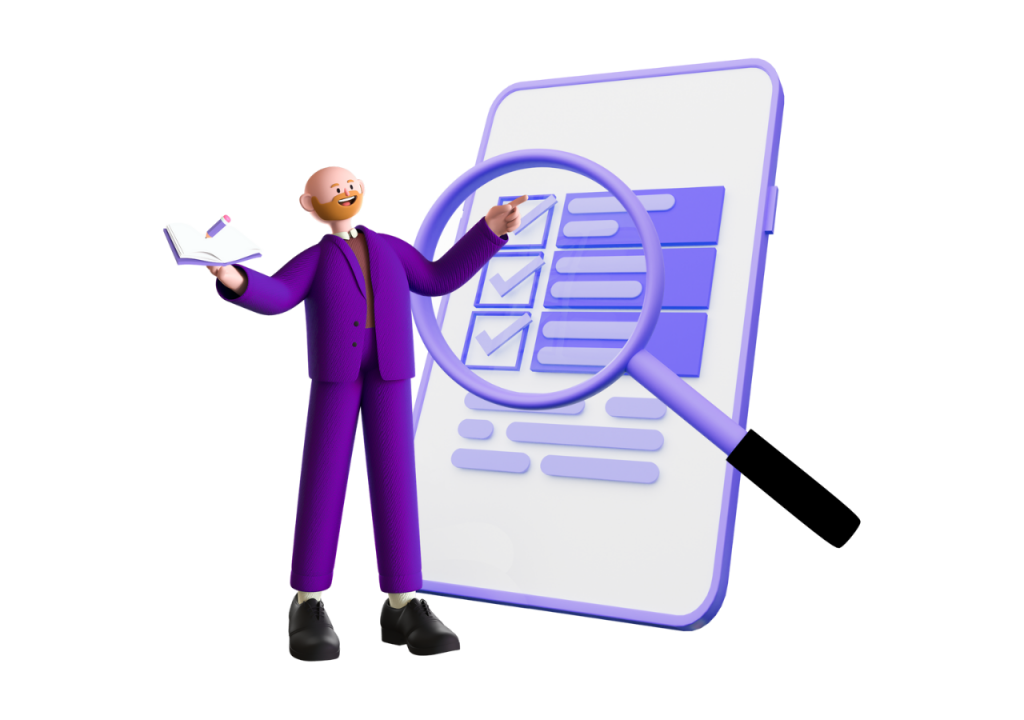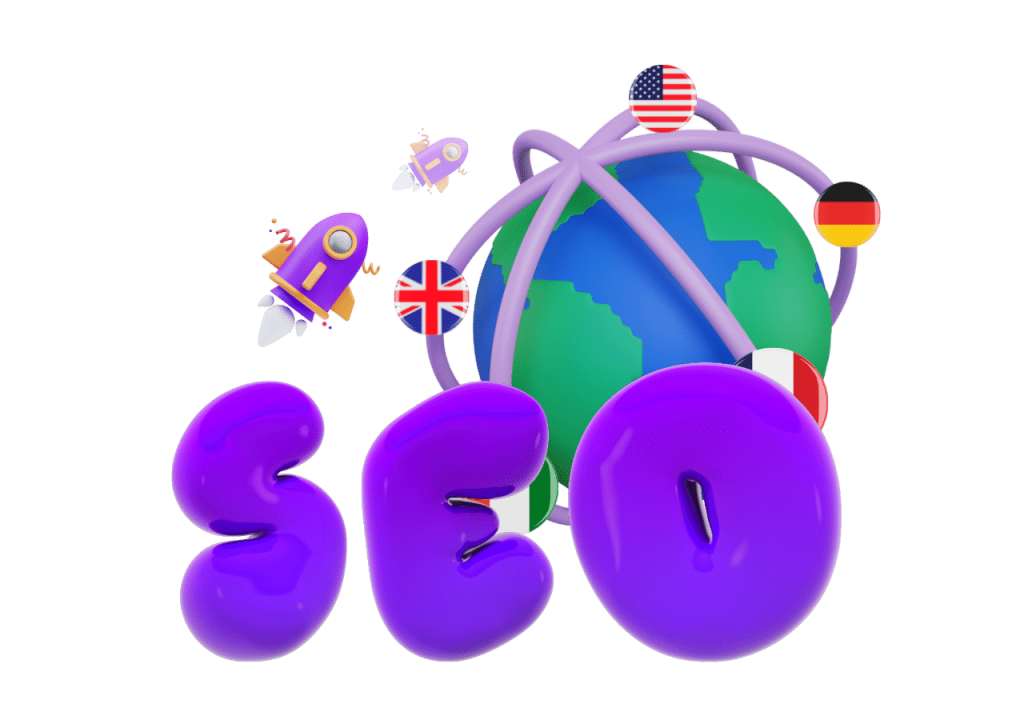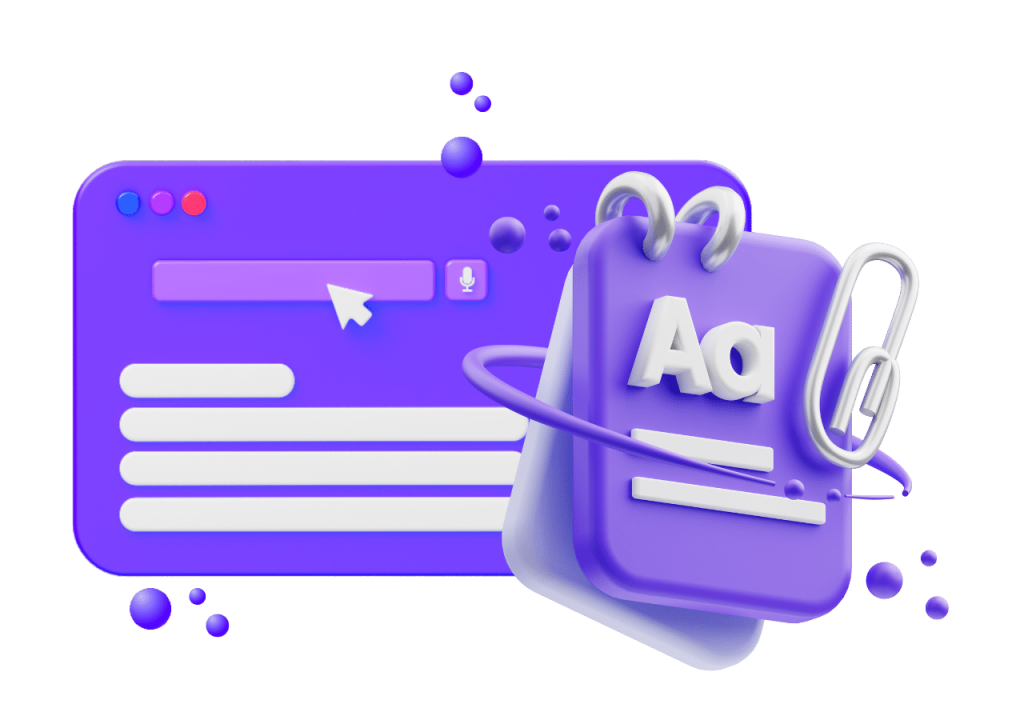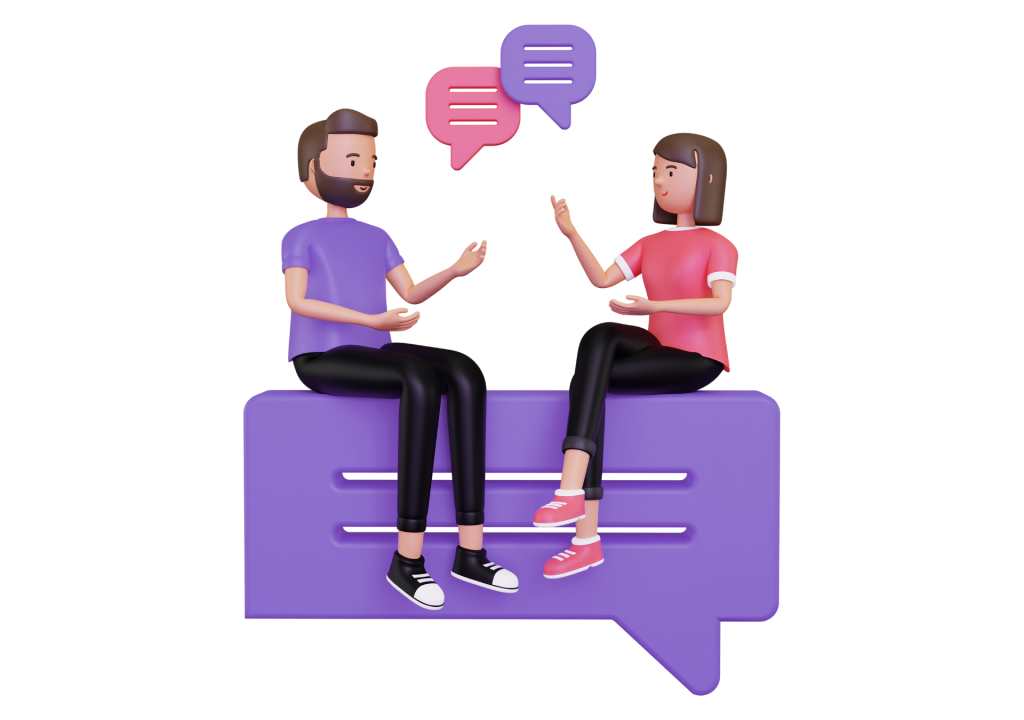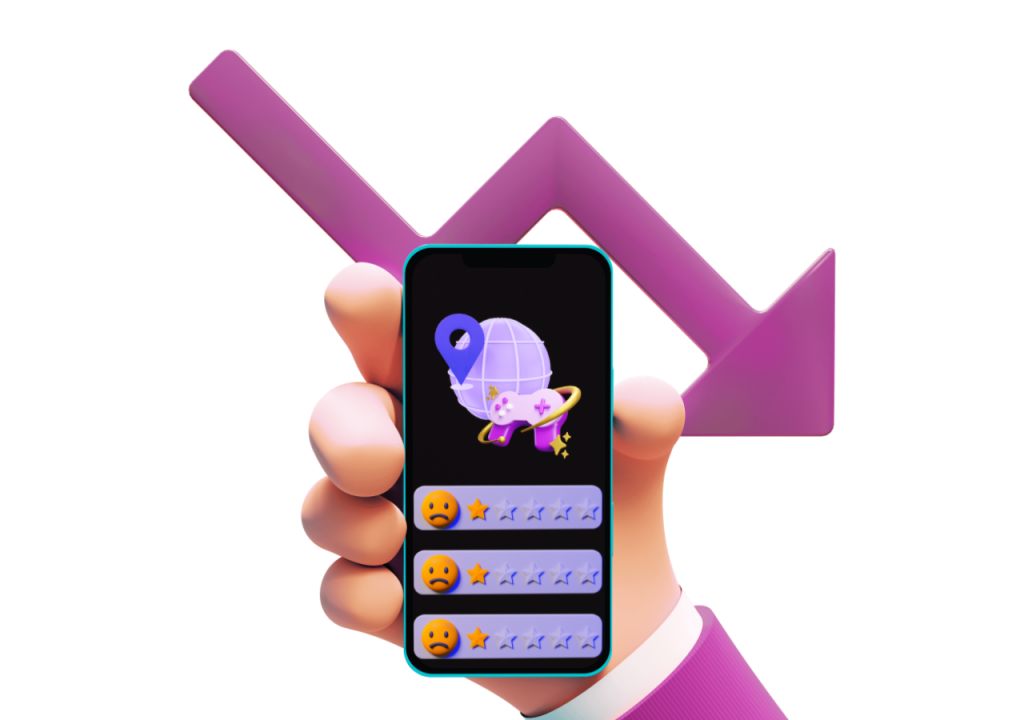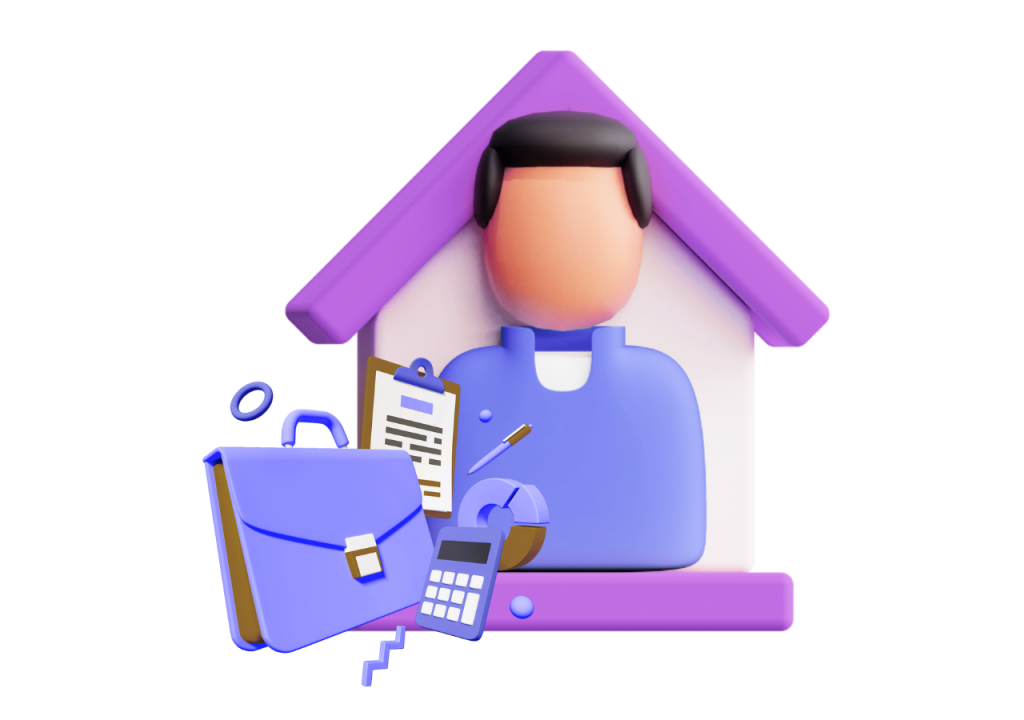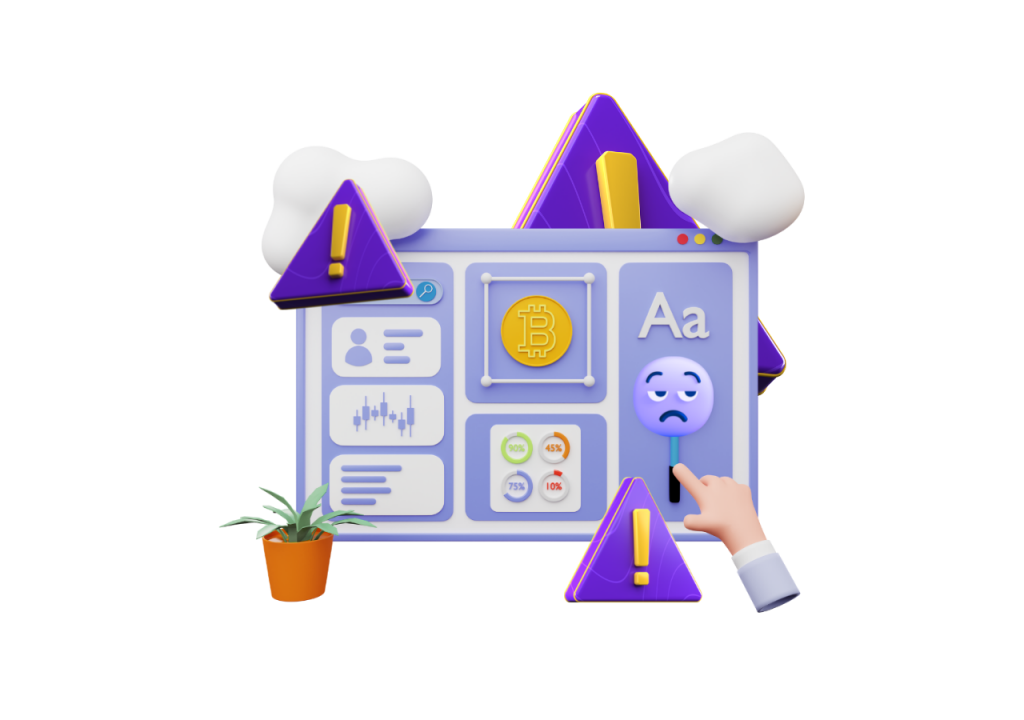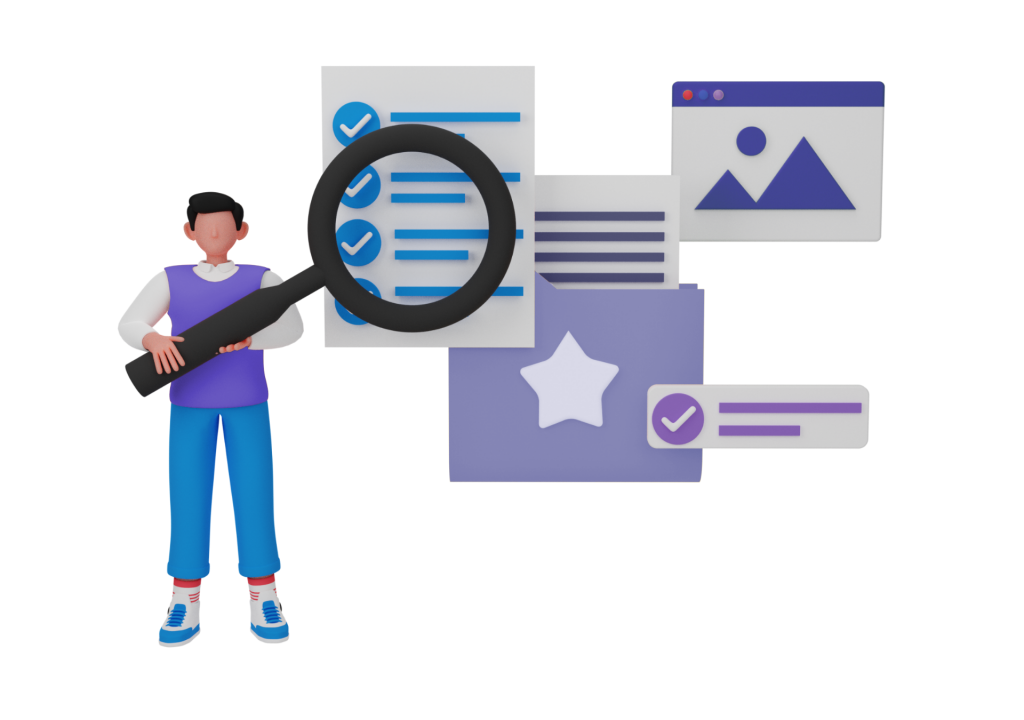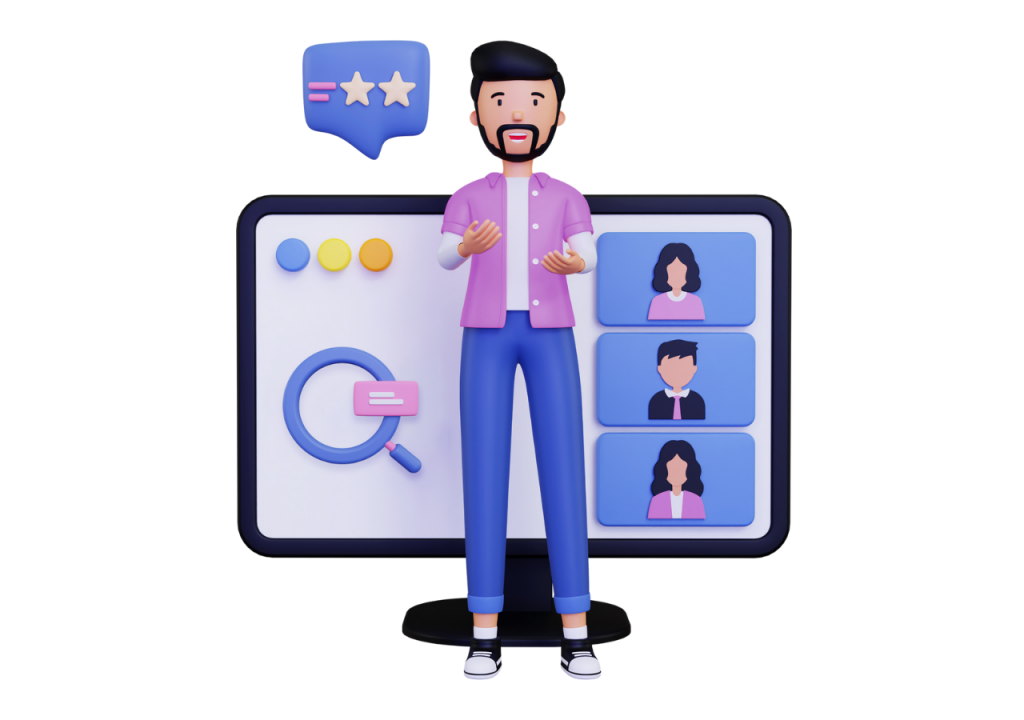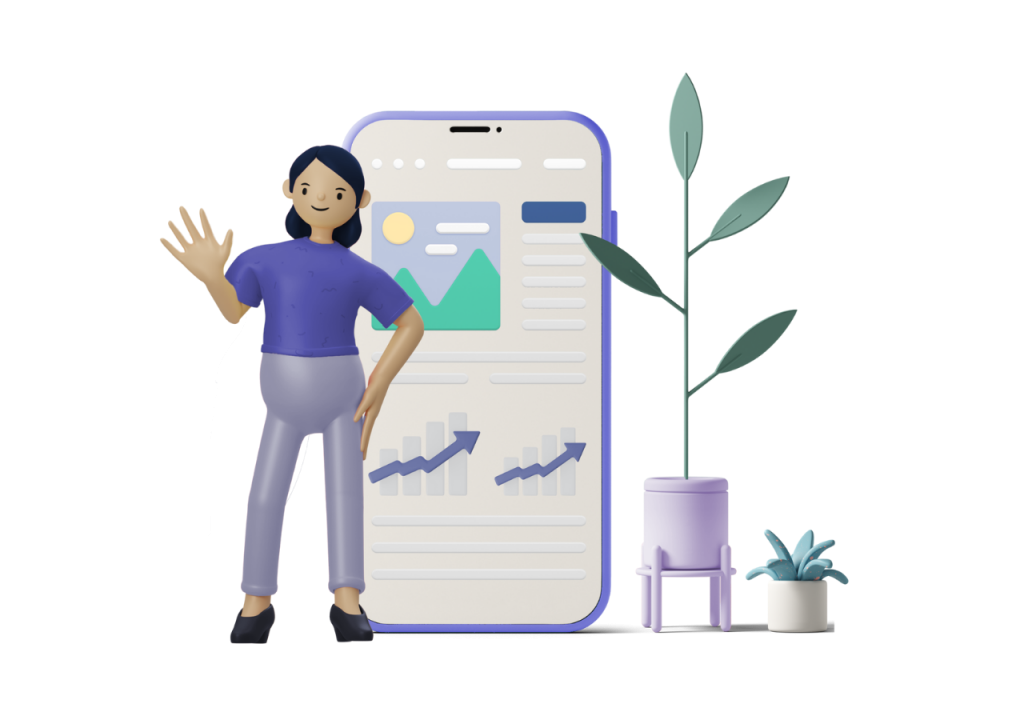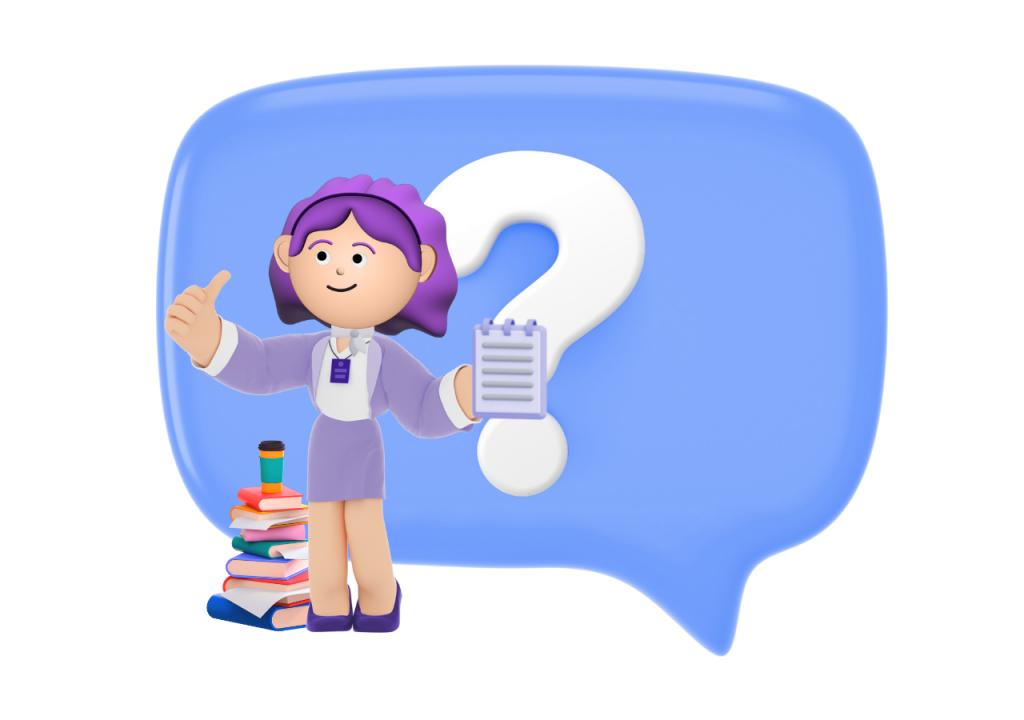Leads are prospective customers that have shown interest in your business, and everybody wants them. After all, more leads = more sales = more revenue = company growth. But how do we get those oh-so-elusive leads?
Well, there are many approaches to lead generation: social media marketing, TV advertisements, sponsorships, email marketing… the list goes on and on. But one of the best ways to generate leads in the IT industry is through expertly crafted web content. Blog posts, long-form articles, white papers, and the like.
At Contenteam, the premier IT copywriting agency, we know the ins and outs of creating high-quality technical content! Read on to learn how to write IT texts that attract readers and convert them to loyal customers.
Determining User Intent
Why are people coming across your content? What questions do they need to be answered? Consider the user intent behind search engine queries – in other words, what was going through their mind when they opened up Google?
The main kinds of intent include:
- Informational. These searchers want answers to a question and typically prefer top-of-funnel content (this is educational content rather than texts that promote your services).
- Transactional. Searchers are looking for product reviews and comparing options. They’re ready to buy and moving closer to a transaction.
- Navigational. They already know you exist because they’re looking up your specific business details. These are your current customers, and you want to convert them into return buyers.

To include search intent in your IT content strategy, examine search queries. It will be pretty easy to categorize searches into one of the 3 categories above – for instance, “software development ebook prices ABC company vs. XYZ company” is transactional. On the other hand, “how to make an ebook app” is informational. And “XYZ Company phone number” is navigational!
After getting a better idea of what your leads are looking for, you can plan content accordingly. For web pages that will probably show up for searchers with navigational intent, target the content towards your existing customers. For instance, bring attention to complementary products, promotions, up-and-coming releases, and so on.
For transactional intent, you can publish commercial copywriting that’s focused on soft selling one of your products. If you find that you’re showing up in a lot of comparisons, write comparison texts of your own!
Informational intent is where things get a little tricky. When somebody is searching for information, they don’t want to slog through a page stuffed with keywords, promotional phrases, and a strong selling intent. Instead, they want helpful, understandable, and high-quality content.
And the problem is, a lot of business copywriting for technological companies is just the opposite. Informative technical texts tend to be dry and exclusionary – but even worse are articles that are uninformative and simply there for SEO. Readers aren’t stupid. If you aren’t putting their experience at the forefront, they’ll be able to tell.
Back to Basics: What Makes Good Technical Content?
IT texts are primarily written for users with informational intent – they are asking questions that could be broad or narrowly focused. Either way, your goal should be to provide them with answers without distractions of obvious keywords or overt sales tactics.
For each project, you need to consider your audience’s goal (Are they completing a task? Researching a topic?), background (Are they new to your site? A return visitor?), and mood (Are they rushed? Is it a frustrating topic?). Another consideration – will your texts be read by consumers, businesses, or a government organization? Each one will require adjustments to your tone of voice, vocabulary, and CTAs.
No matter which audience you are creating technical content for, some guidelines will remain the same:
- Stay on-topic. When a user clicks on an article, they expect to learn about whatever the title says. Don’t veer too far away from that topic. If you have related content, insert links that they can click through at their discretion.
- Keep paragraphs short. They should be a maximum of four lines for the easiest scannability.
- Use descriptive headings. Headings should show readers, at a glance, what the section will cover. If you can use cool, unique headings, that’s great, but be sure to always prioritize the reader’s convenience.
- Provide context through multimedia, if necessary. Maybe this won’t be the case for every single piece of IT content, but it can be very helpful when providing tutorials on technical concepts. Make sure to crop screenshots tightly to focus attention on the relevant area.
5. Break things down into lists. This makes IT texts much more readable – if a reader sees a huge wall of text, they’re likely to click away.
Types of Lead Generating Content for Enterprise Blogging
A big part of successful IT copywriting and editing is experimenting with different kinds of content. Play around with your balance of content within your enterprise blog and see what works!

- Ebooks. This is a fantastic way of gaining credibility, educating prospective customers, and generating leads. However, because they take quite a bit of time to create and publish, choose the topic carefully. You’ll want to select a topic that guides the reader from downloading the book to giving your company a call.
- Cheat Sheets. A cheat sheet is a short, concise summary of information, which the user might bookmark for future reference. It can be a visual guide to symbols, terms, commands, etc. This kind of content should be formatted for quick reference – the more visual, the better. Don’t be afraid to use colors and graphics!
- Guides. These come in all shapes and sizes – from “bite-sized” guides, which are short and concise, to “ultimate guides,” which are comprehensive and accompanied by screenshots and step-by-step instructions.
- White Papers. While an ebook is an informal, design-heavy piece of in-depth content, White Papers are more like academic reports. They present a problem, provide research, and then give solutions. These definitely need to be written by copywriters with deep IT knowledge.
- Press Releases. Are you announcing a new product? Has your organization received an industry award? What better way to publicize this awesome information than with a press release? These are short summaries of news related to your company and are one the easiest ways to get
The Importance of Having SEO Copywriters With an IT Specialization
Writing a tutorial on database migration takes much more specialized knowledge than an article on, say, Top 10 Vacation Spots of 2021. A content writer with no knowledge of IT will not be very efficient – and, even worse, their content might be plagued with inaccuracies.
At Contenteam, we’ve found the perfect IT editorial workflow:
- First, we assign an IT-related task to a tech copywriter with relevant knowledge. We have a pool of writers that we use for such specialized topics.
- After the writer has finished the text, we pass it on to an IT expert, who checks the text for any inaccuracies or outdated information.
- The text goes to the editor, who makes sure that the text matches the client’s desired tone of voice, SEO specifications, structure, etc.
- Lastly, the proofreader does a final check for any typos, grammatical errors, or formatting inconsistencies.
This tried-and-true method results in engaging, lead-generating IT texts that are high-quality and free of mistakes. That’s why Contenteam is truly one of the best copywriting for IT service providers – and I don’t say that lightly.
Are you interested in getting technical copywriting services from our team? We provide a wide range of services – from content for B2B companies, press releases, White Papers, tutorials, blog posts, social media posts, and much more! We also create content within other industries – we are well-known as a financial services copywriting agency.
So, whether you need us to create an informative article on data science or blockchain, we’ve got you covered! Send us a note, and we’d love to discuss our services with you.

